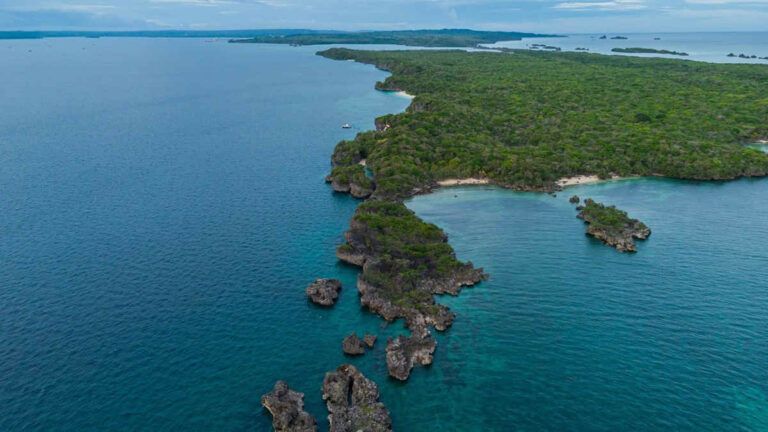Evidence of human occupation in southeastern Indonesia 42,000 years ago sheds light on the route that ancient people took to reach this region, including Australia.
The archaeological discovery was made in Erivavan in Indonesia’s Tanimbar Islands, which are located less than 600 km north of the Australian city of Darwin and are one of the Indonesian island groups closest to the Australian mainland.
Tanimbar lies just off the coast of the so-called Sahul Shelf, a land mass that includes both Australia and the island of New Guinea.
The new findings are reported in a paper published in the journal Nature. Quaternary Science Review.
“Alongside small pottery fragments, we also found evidence of bones, shells and sea urchins, indicating that the island was a centre of early marine activity,” said lead author Hendry. Kaharuddin, a doctoral student at the Australian National University (ANU).
“The question of how our early ancestors got there from Southeast Asia is one of the most intriguing about prehistoric migrations, mainly because of the long distances involved and the advanced navigation techniques required,” Kaharuddin explains.
Since the mid-20th century, there have been two competing theories about which route ancient humans took as they migrated through Southeast Asia, Kaharuddin said.
One is the northern route that passes through islands such as Sulawesi, and the other is the southern route that crosses islands such as Timor and Tanimbar.
“This discovery represents one of the oldest remains on the southern route and is an important piece of the puzzle,” he added.
“The earliest evidence of human occupation in Sahul (Australia + New Guinea) indirectly indicates that modern humans used navigational techniques; the northern and western islands were not connected to the continent, necessitating successful waterway crossings from mainland Southeast Asia,” the authors write in their study.
“They would have had to cross a body of water more than 100 kilometres away, regardless of the direction of their travel,” Kaharuddin said.
Such discoveries could help pinpoint the timing and direction of the first ancient humans to arrive on the Australian continent.
“We hope that as research continues in less-explored regions like the Tanimbar Islands, we will learn more about the lives and migration patterns of early humans,” Kaharuddin says.
He added that the migration to Sahul was clearly not a single event but a “gradual process involving successive waves of a seagoing population.”
“Coastal communities likely navigated the coastlines, exploiting marine resources and building resilient settlements along the way,” he says. “This island-hopping strategy fostered cultural exchange and adaptation, leading to the development of diverse societies across the landmass.”


